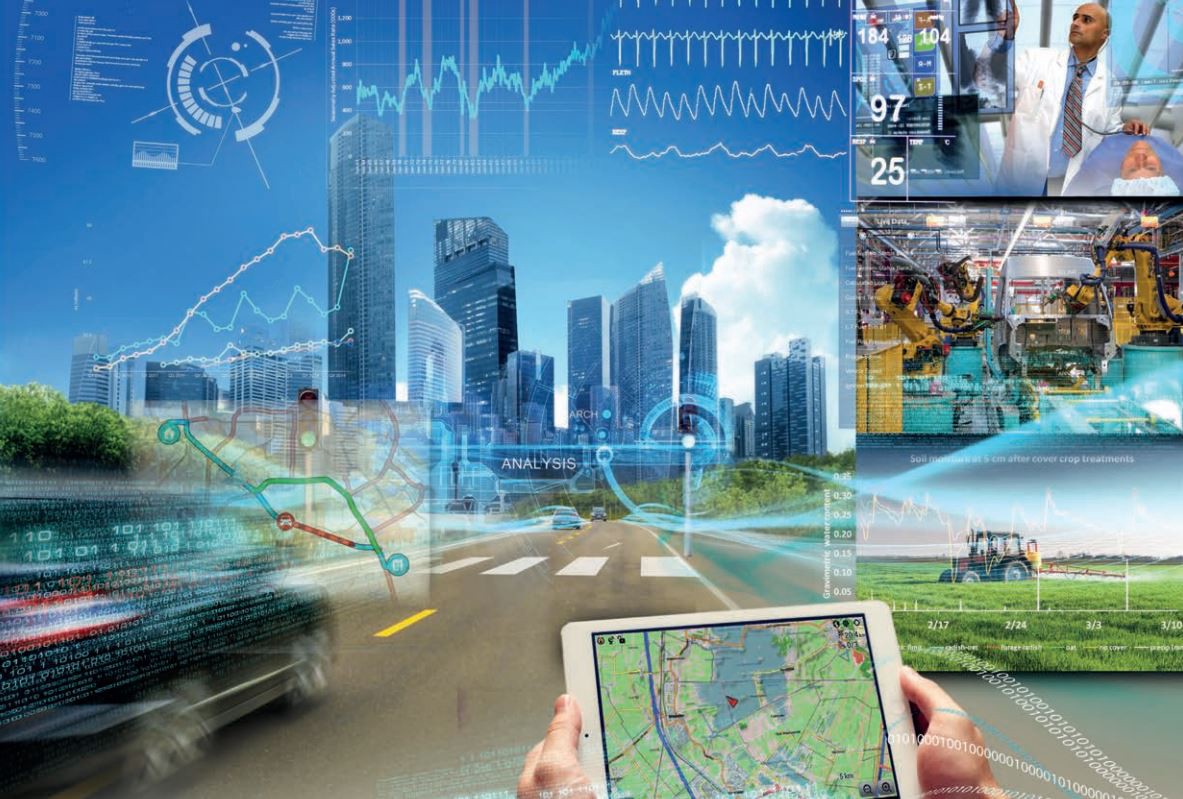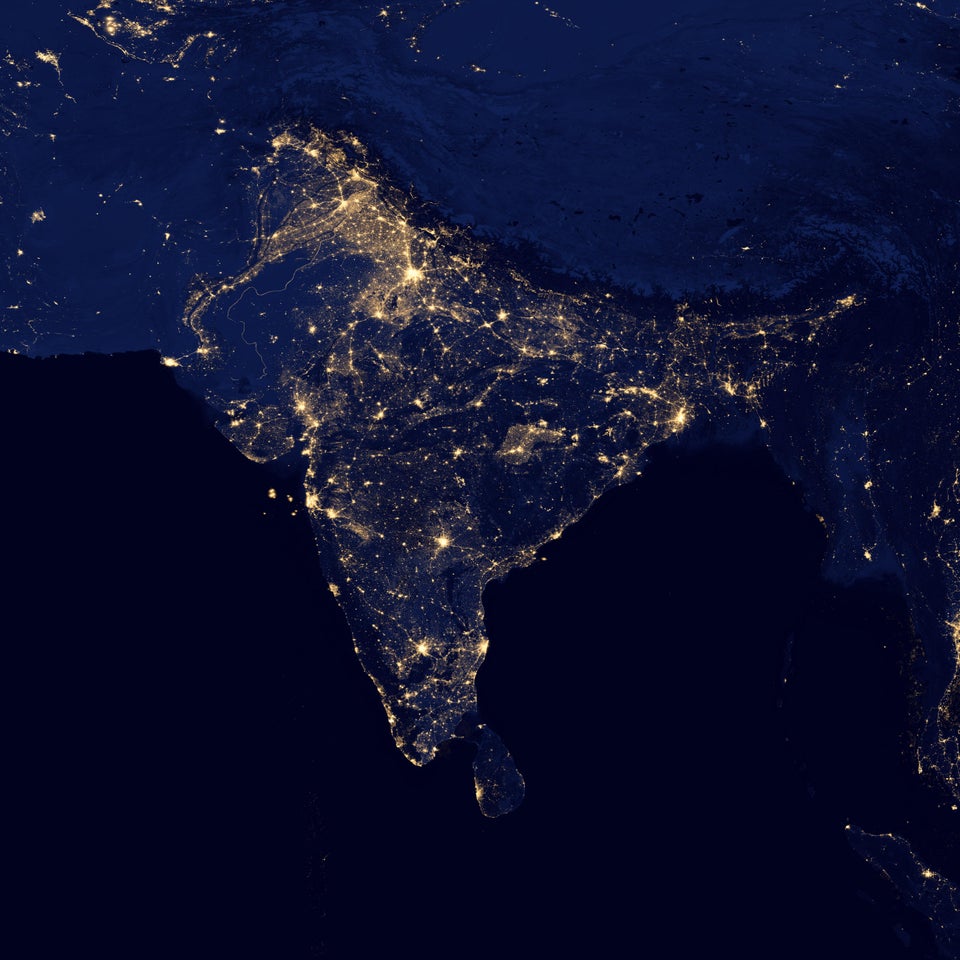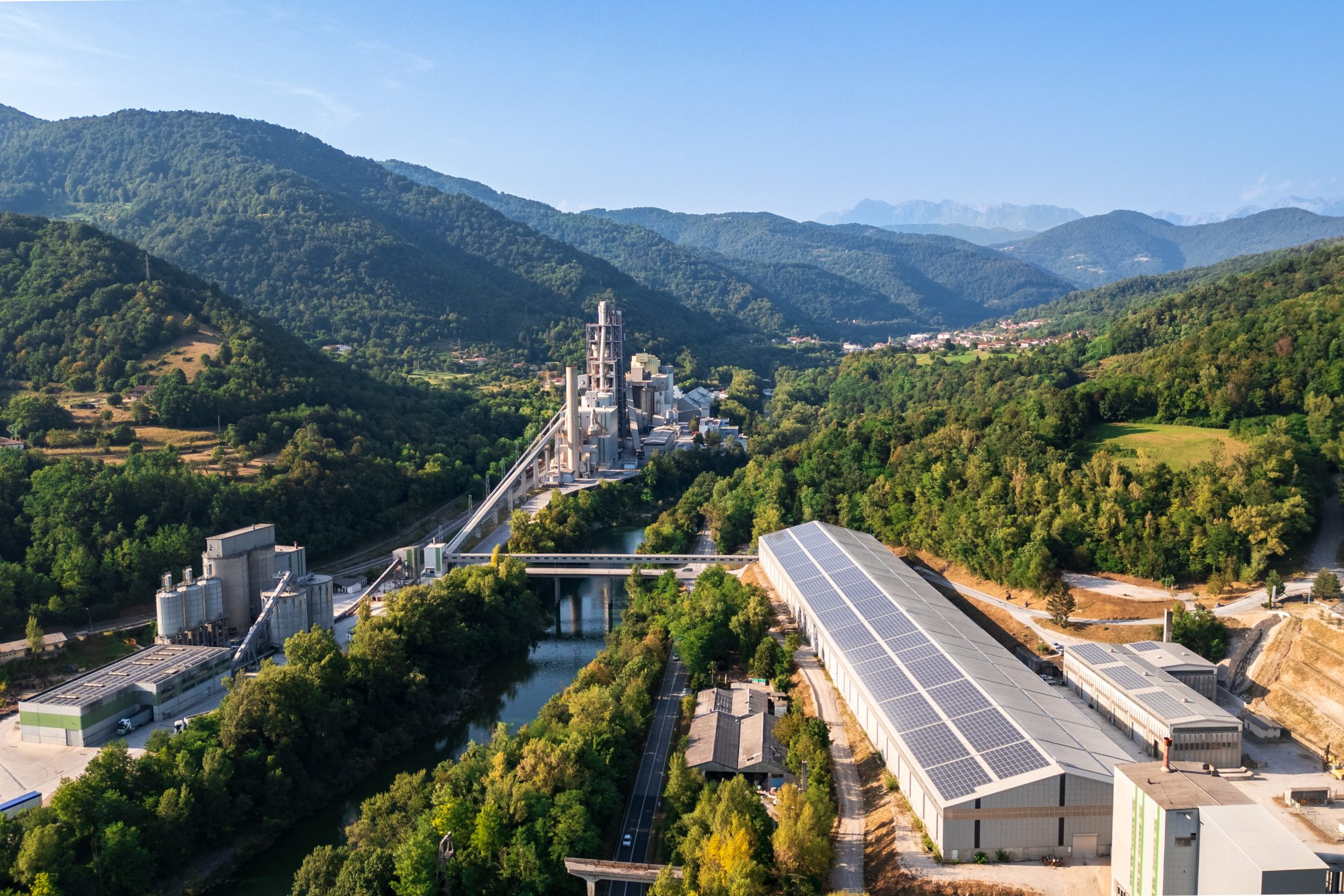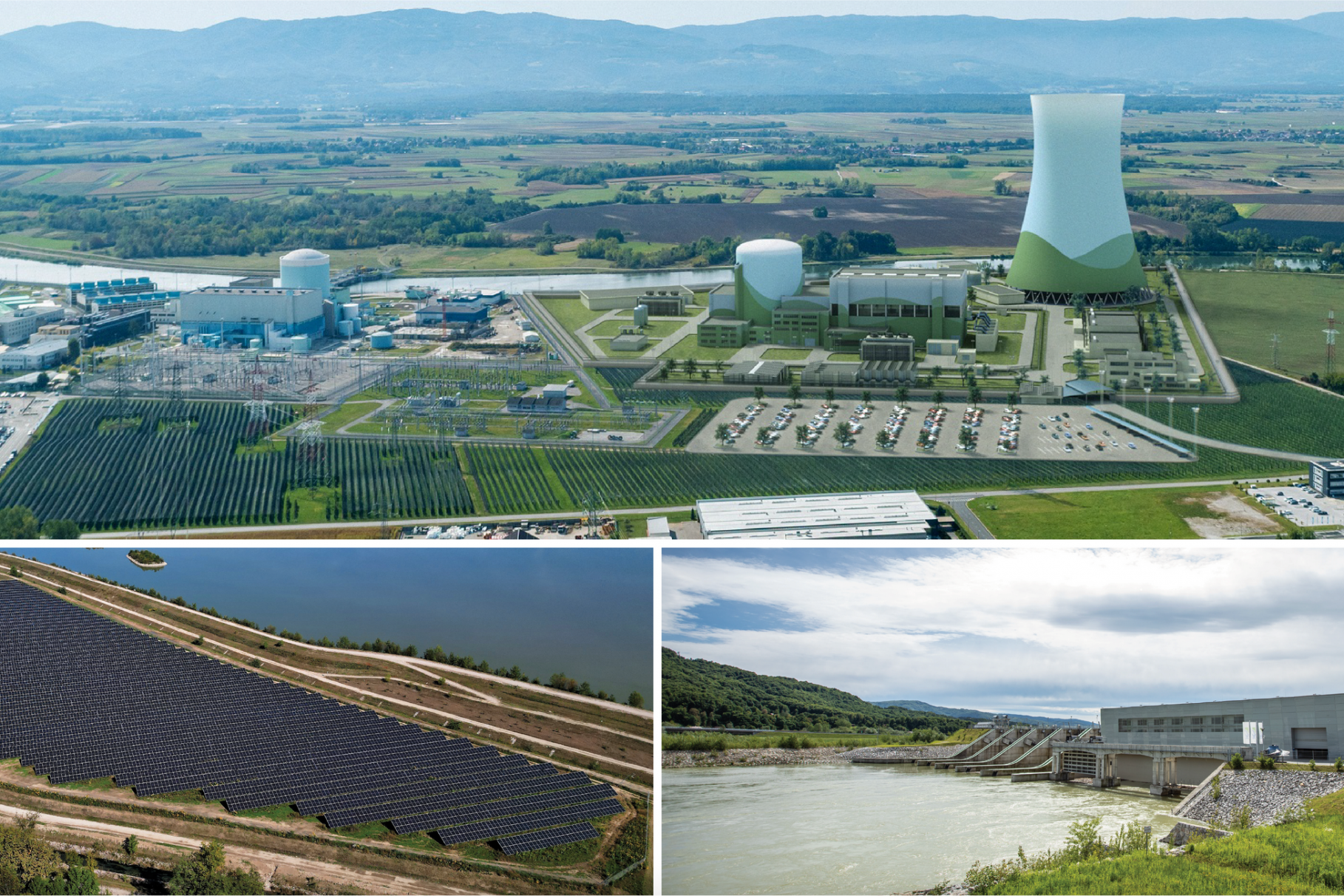Environmental sustainability
How Big Data Contributes to Environmental Sustainability
Maja Nikoloska
JOURNALIST AT THE ADRIATIC
Climate change is one of the biggest challenges of our era. As a driving force behind the information revolution, Big Data has an enormous potential in improving environmental sustainability. Every day, millions of new data sets are being generated in the world, which has an important role in finding a successful solution to this global problem.
Data sources are becoming more and more complex and Big Data is being generated from different networks, devices, sensors, the web, social media. Basically, all human activity can now be registered, and the same is true for all natural phenomena occurring around the world. By analyzing relevant data sets and finding the right patterns, future outcomes can be predicted, and with proper use, real-world problems such as environmental sustainability can also be solved.
To face the challenges in the environment, many environmental organizations use Big Data analytics solutions to improve their practices and refine their methods. The main sources of sustainable data are satellite photos and public databases, requiring public-private collaboration – with collecting, crossing and relating data from physical components such as droughts, earthquakes, rains, fires, with data on social components such as light intensity per household, telephone calls, social networks activity and use of transport. Further analytics can show how all these data can help avoid geopolitical conflicts, understand human behavior in case of natural catastrophes or humanitarian crises and understand the vulnerability and the resilience in different situations.
Analytics play a major role in achieving a better world for everyone
To improve decision-making in both the public and private sectors, Big Data can also be used for ecological forecasting. Life Under Your Feet, for example, is a tool that gathers data from satellites on the global variation of humidity or temperature. This way the study of climate change is more precise. Near real-time tracking of the data can be beneficial for environmental change, in order to make actions consequently to the changes within a similar temporal scale, which is often hard to do since there is very little time. By identifying the patterns of suspicious behavior on time, the time frame of the reaction is extended. These kinds of early warning systems, are somehow the way to improving outcomes for nature and people. Furthermore, the Ocean Observatories Initiatives, monitor the ocean activity and do real-time analysis to predict the risks of possible tsunamis or seabed movements.
With integrating Big Data into government policies, better environmental regulation is ensured. Using the latest sensor technology, governments can easily acquire real-time reporting of environmental quality data. This data can be used to monitor the emissions of large utility facilities and if required put some regulatory framework in place to regularize the emissions. In order to achieve the required results, companies are granted complete freedom for experimenting and choosing the best possible mean. For example, India Night Lights collects data from the light intensity in India to know exactly where the energy consumption is, or the increase or decrease of the electrical use.
Every year more and more data is being recorded, so with no doubt, Big Data analytics plays a major role in achieving a better world for everyone – also by monitoring and controlling future environmental changes and sustainable development.












